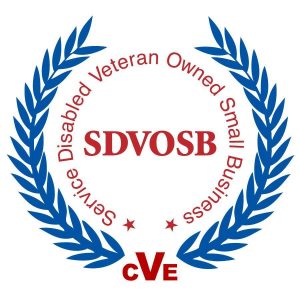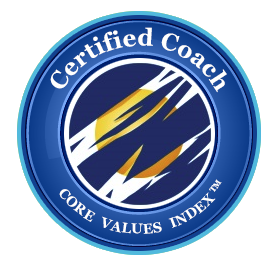
A Winning Strategy for Developing Internal Talent
By Jacqueline Knight
Years ago, a successful career usually meant achieving upward mobility. Ambitious employees climbed the corporate ladder to reach management positions. Today, fulfilling career paths run in many different directions, and fewer employees spend their entire careers at one company.
However, some things stay the same. Most workers still value career growth even more than salary and benefits. At the same time, employers depend on a staff that feels engaged in their work and uses learning and development opportunities to enhance their performance.
How can your business cultivate internal talent so that employees contribute maximum value in their individual roles?
Consider these ideas for talent attraction and retention strategies designed for today’s workforce.
Benefits of Developing Internal Talent:
- Save money. Filling positions with internal candidates usually costs less than external hiring. You cut down on expenses like advertising, screening, and training. Plus, new staff members might expect a higher salary than someone who is already on your payroll.
- Reduce turnover. High turnover can damage morale and disrupt productivity. It’s expensive too. Finding and training a replacement typically costs twice the departing employee’s salary, according to The Wall Street Journal. Retain employees longer by showing them they have a future at your company.
- Keep top talent. Retention is even more important when you’re talking about your high performers. Even if they’re not actively searching, they may be getting calls from recruiters, so it’s important to stay competitive.
- Reduce risk. What happens when a new recruit seems unable to deliver what they promised at their initial interview? You’re less likely to make an unfortunate decision when you’re dealing with staff members you know well.
- Achieve your goals. Most importantly, talent development enables you to build the team you need for current and future business priorities. Engaged and empowered employees are essential for success.
Implementing a Talent Development Program:
- Align and communicate. Ensure employees understand your business strategy. Then, you can align individual goals with your corporate priorities, so they know where to focus their efforts.
- Offer e-learning. Provide opportunities to acquire new skills and knowledge. Technology makes education and training more affordable and accessible. Many experts recommend a blended approach of classroom lessons and workplace experiences.
- Coach and mentor. Create a formal mentorship program and reward employees who provide guidance and support to others. Set clear objectives and measure results.
- Embrace diversity. An inclusive workplace can make your business more competitive and innovative. Learn more about your employees’ backgrounds and encourage relationships based on appreciation and respect.
- Recognize potential. In addition to high-performers who regularly exceed expectations, identify those employees who may have the ability to shine, especially if they move into a different role that leverages their strengths. Remember that performance and potential often overlap.
- Encourage collaboration. Major accomplishments in most workplaces are the result of group efforts, so it makes sense to reward teams as well as individuals. Set team goals, use online collaboration tools, and build a sense of shared purpose.
- Pay for performance. At the same time, basing compensation on merit motivates employees to enhance their performance and helps to create a transparent and fair pay structure. Experiment with annual bonuses and other forms of incentive pay.
- Broaden your perspective. Overall, identifying and nurturing internal talent requires expanding your vision. Evaluate employees based on how they can serve your company in the future, as well as how well they’re performing in their current positions. Focus on organization-wide goals.
Give your employees opportunities to develop their skills and progress in their careers. An effective talent development program helps both your staff and your company to meet their goals.
You Can Do It!
Copyright © 2019 The Business Transformation Coach.





